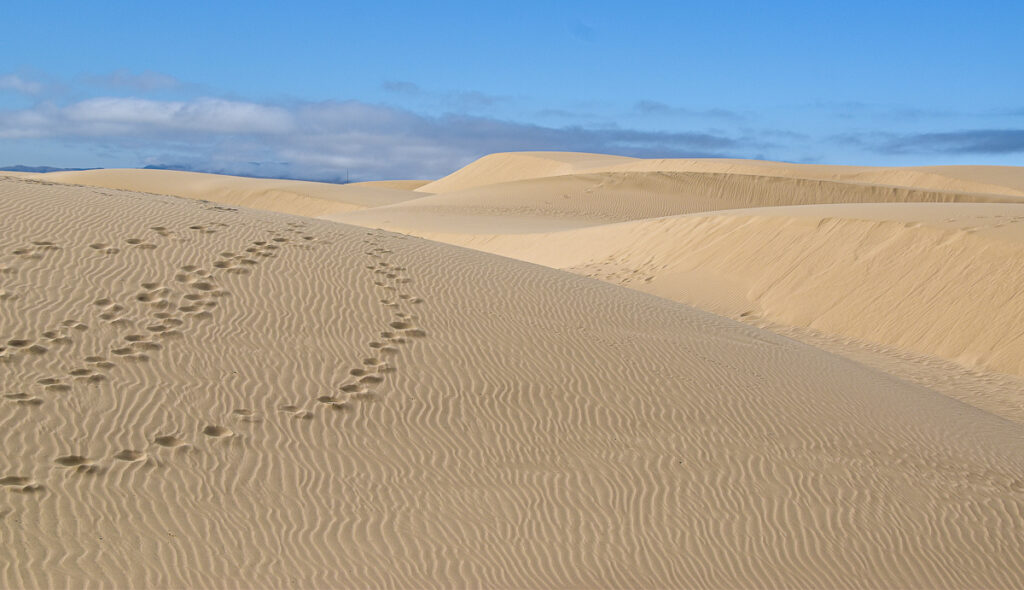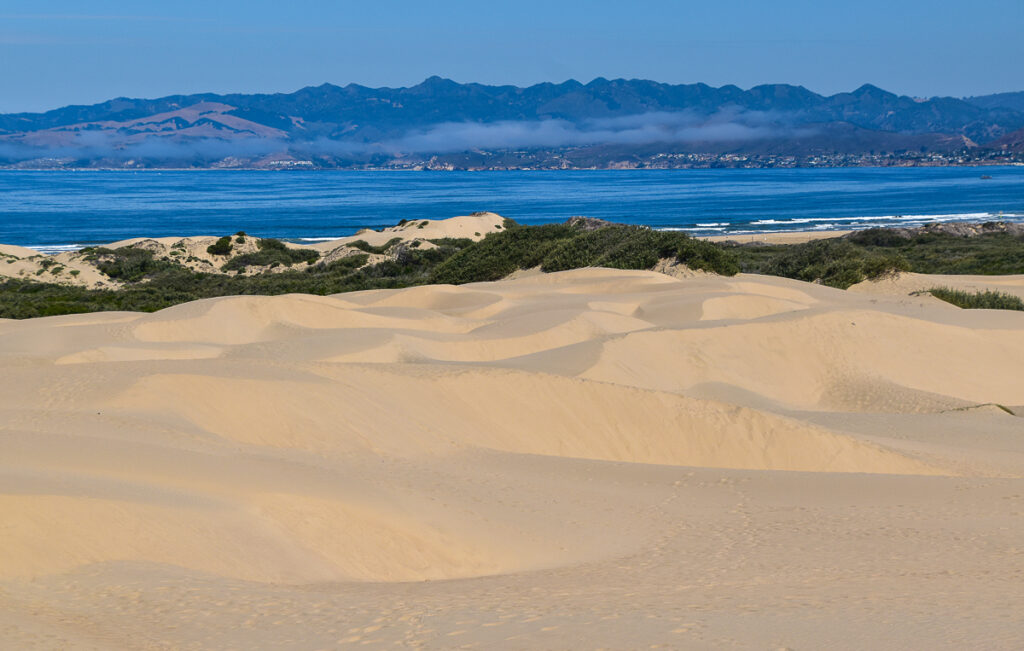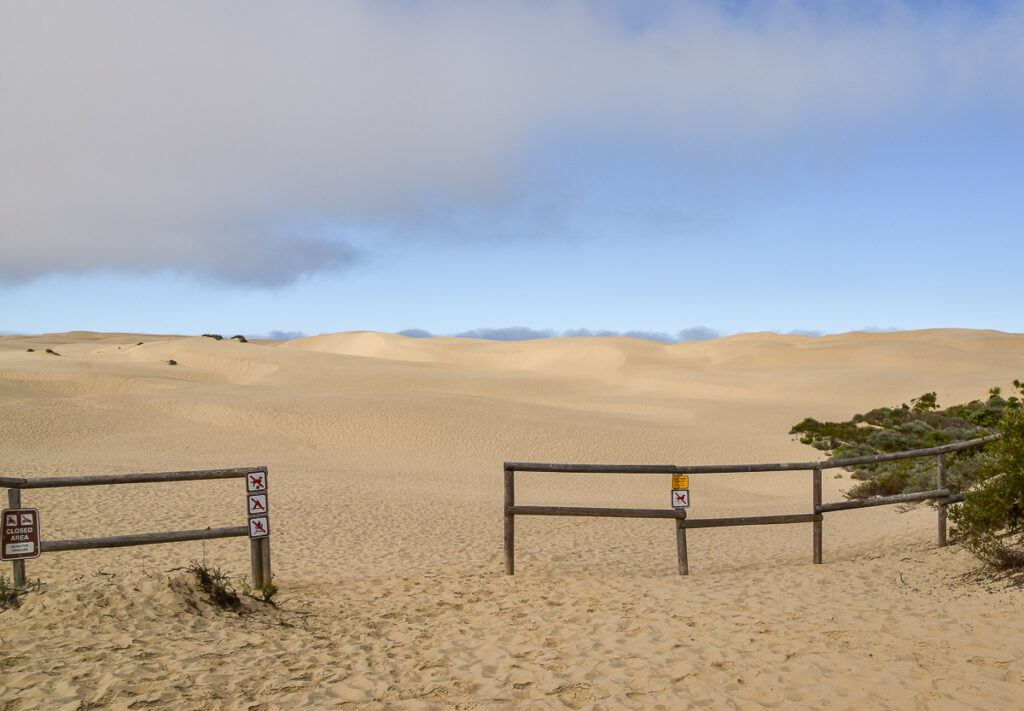I know I promised a bit about the wineries in the Santa Clara County AVA and I will get to that in my next and final post.
However, before I do that, I want to share lots of pictures from the amazing and wonderful Oceano Dunes State Park. The dunes are just south of Pismo Beach, which is a classic California Central Coast beach town and was our final destination on this trip. Its one of my favorites and I’ll be sharing some shots from downtown Pismo Beach as well in my final post.
We didn’t have much sunny weather while we were in the Pismo Beach area, which I understand is pretty typical for this time of year. So, I took full advantage of the one day on which we actually had several hours of sunshine to head out onto the dunes with my camera.
The Oceano Dunes are quite large and mostly free of vegetation, which means the dunes change shape from one day to the next depending upon the strength and direction of the wind. I have learned a few tricks over the years for climbing them without completely straining every muscle in my body, and I’ll share a few of them as we go along.
I didn’t know the dunes existed until a few years ago when I first came to stay at the Pacific Dunes Ranch RV Park. I was new to traveling in an RV and I had never been to Pismo Beach. As I pulled my RV into my assigned spot, I couldn’t help but see the dunes and they didn’t seem very far away. So of course, I did a bit of exploring and discovered a path at the back of the RV park which leads directly into the dunes. I couldn’t resist the temptation…I had to climb them.

As you can probably guess from the photos, walking on the dunes can be difficult. The sand is soft, cool, thick, loose, and very, very fine. Your feet sink into the sand at least a few inches with every step. Flat surfaces require a bit of effort; steep hills are really challenging. As you can see in the photos above and below, there tend to be lots of footprints around the entrance to the dunes. As you wander deeper into the dunes, you will notice fewer and fewer of them.

There are a few things you figure out when you’ve walked on these dunes a few times. First, its best to walk where there is less elevation change from one dune to the next, so there is less walking down and then back up again. Some dunes are connected to each other by a kind of “land bridge” or flat area between them. Even if the distance seems to be a longer route, it is still easier to walk on this flat area because there is less “up and down.”
Another strategy for easier climbing is to walk where there are “waves” in the sand, created by the wind, which is constantly sculpting the dunes. The more intense the wind and consistent its direction, the more the sand will be hardened, which means you will not sink as deeply into the sand as you walk and less effort will be required.



Our ultimate goal when climbing the dunes is typically to reach the highest dunes and then head as far west as possible while remaining on the highest dunes. At this point, you are rewarded with stunning views of Pacific Ocean and the city of Pismo Beach. Atop the dunes is a splendid spot for watching the sun set.


Two more views from the dunes, looking north & west: the Pacific Ocean, the city of Pismo Beach, and coastal foothills.
We typically visit the dunes twice a day, once to walk a bit and once to find a spot to plant a blanket, enjoy a glass or two of wine and watch the sun set. Its is absolutely glorious. Unfortunately on this trip the fog and overcast skies prevented me from taking any good sunset photos.
Below are two more photos of the dunes, the first with a few people wandering on them, the second with some mountains in the distance, both of which provide some perspective as to their height and vastness.







The shot from the dunes to the beach to the ocean and city … very nice! I felt like I was there!
John,
Thanks. I appreciate your kind words. It is an incredibly beautiful place to which I love to return, again and again. The dunes are magnificant; the Pacific is awe-inspiring; the mountains provide a perfect backdrop and the city is charming. It tough to beat.